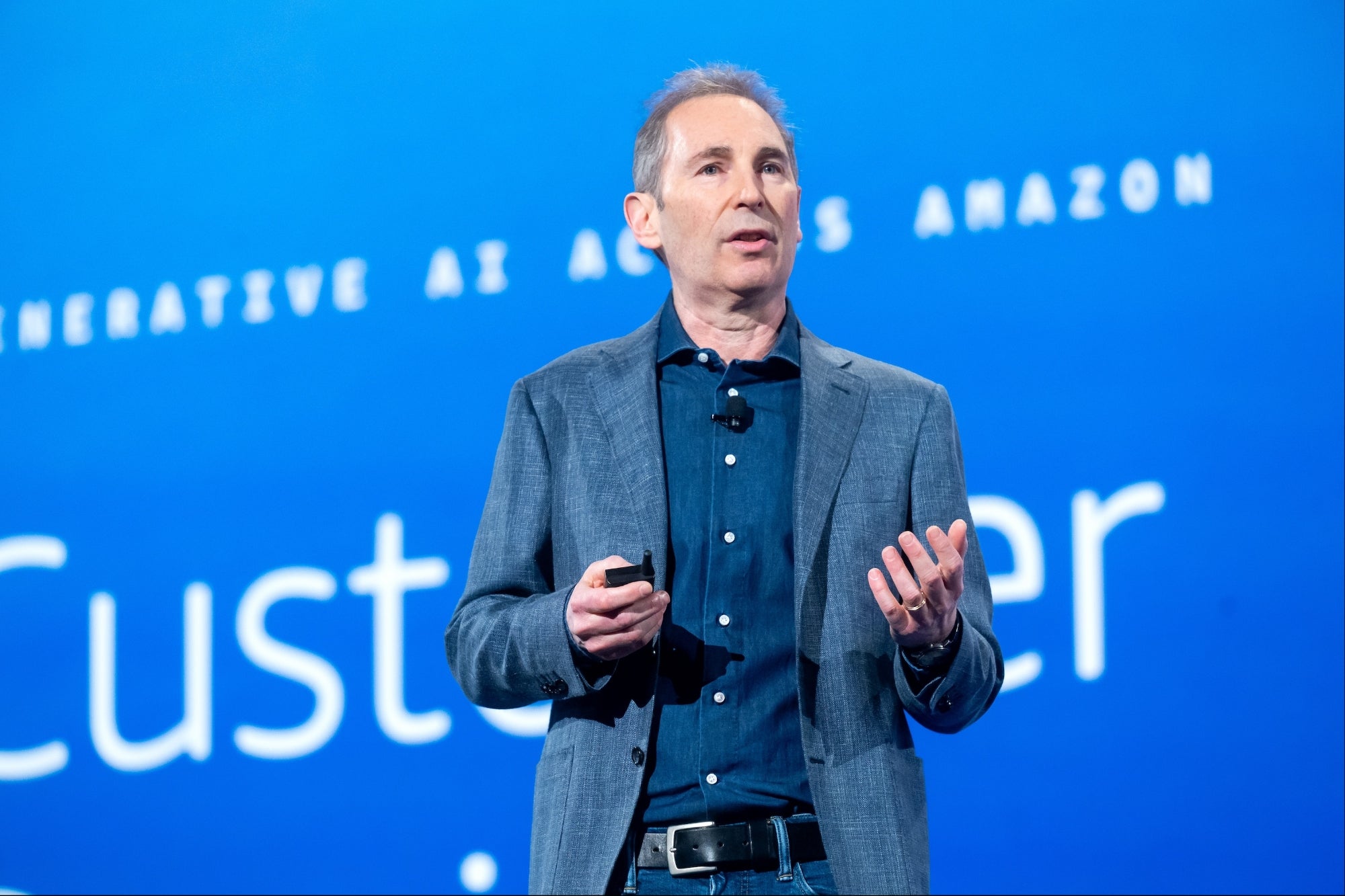Why it is No More a Bad Thing to Arrive Late Late movers are able to succeed - at the very least - by identifying the mistakes made by the innovators and learn from them
Opinions expressed by Entrepreneur contributors are their own.
You're reading Entrepreneur India, an international franchise of Entrepreneur Media.

"You know, sometimes all you need is twenty seconds of insane courage. And I promise you, something great will come of it." - Benjamin Mee
Most startups are born from the belief of a handful of individuals with the courage to risk and dive into a series of challenges, overcome them and establish a new firm. The early entrants to any industry often boast of the advantages of being the first movers. However, in a product and performance-driven market, the advantages are limited. It's quite shocking that some of the biggest global brands like Google, Apple, Facebook, Microsoft etc. were not the first movers in their respective segments. Instead, they benefitted by stepping on the innovations of their counterparts and building much better products that instantly drew a lot of attention. Although they were late entrants, the firms made it big by covering up the gaps, assessing the market, delivering a better product and offering an enhanced customer service.
For late movers such as these, some of the advantages that come with starting second are mentioned below:
Learn from Others Experiences
Market research is the first and most important step before setting up a business. Most firms spend a huge amount of money in studying markets and finding out what works best. First movers spend a large part of their initial planning time, effort, money and resources to assess how their audience will respond to the idea of a product and its offering, and the counterparts that follow usually have a study they can derive experience from. This gives them a chance to fill the gaps that exist in the prior offering and work on them to develop a smarter and more worthwhile product, thus saving a lot of money in primary stages and saving it for future use. In simple words, the cost of imitation will always be lower than that of innovation, and this is what late movers benefit from.
Understand the Evolving Needs of the Customer
Late movers are able to create a more useful product as they can comply with the evolving needs of a consumer, from the time a new product is introduced in the market to when the audience actually starts to engage with it and respond to it. These startups can learn from the mistakes made by existing players and identify what works and what doesn't for their target audience. Furthermore, late entrants don't have to generate fresh demand, they simply leverage from the existing buzz that has been created, improvise on it and carry it forward.
Create a Better Product
A late entrant is able to avoid the obvious mistakes of not understanding customer perception by reading well into the growth phase of its competition. They can position themselves correctly and channel investment to create and deliver a better "perceived" product. This also saves a lot of time and takes the responsibility to define a segment or product off their list, giving them the liberty to add and redefine the same for consumers.
Catering to the Demands
First movers don't have an incentive to innovate, whereas the urge to compete and succeed based on diversity encourages the later movers to continuously evolve and come up with a great product. As quoted by Gautam Anand, Hubhopper's Founder and CEO, "From the very beginning we've been focused on putting power into our users' hands and customising our app to their tastes. Without losing sight of this and by constantly innovating our approach to this end, we've been able to draw in consumers looking for that personal touch in their content experience".
To put it in a nutshell, late movers are able to succeed - at the very least - by identifying the mistakes made by the innovators and learn from them. It doesn't end there; they are further required to incorporate the learnings into their style of working to come out with a flawless product. Undoubtedly, it's the smartest way to reduce risk, save money and time, and make it big in the market.










